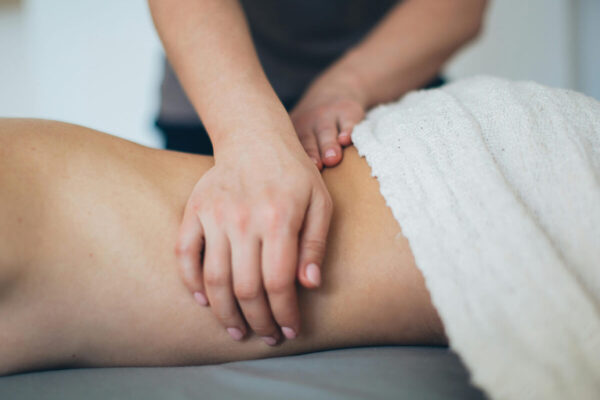Migraines: Taking Control of the Pain
Falling under the category of “invisible pain,” migraines can be frustrating, debilitating, and can keep sufferers from enjoying life. Luckily, all is not lost. You can take control of the pain and reclaim your health. While the causes of migraines remain unclear and there is currently no cure, migraines can be prevented and treated.
Treatments
Always consult your healthcare provider before deciding on treatment; the care you need depends on the type of migraines you have, the frequency of attacks, and other existing medical conditions.
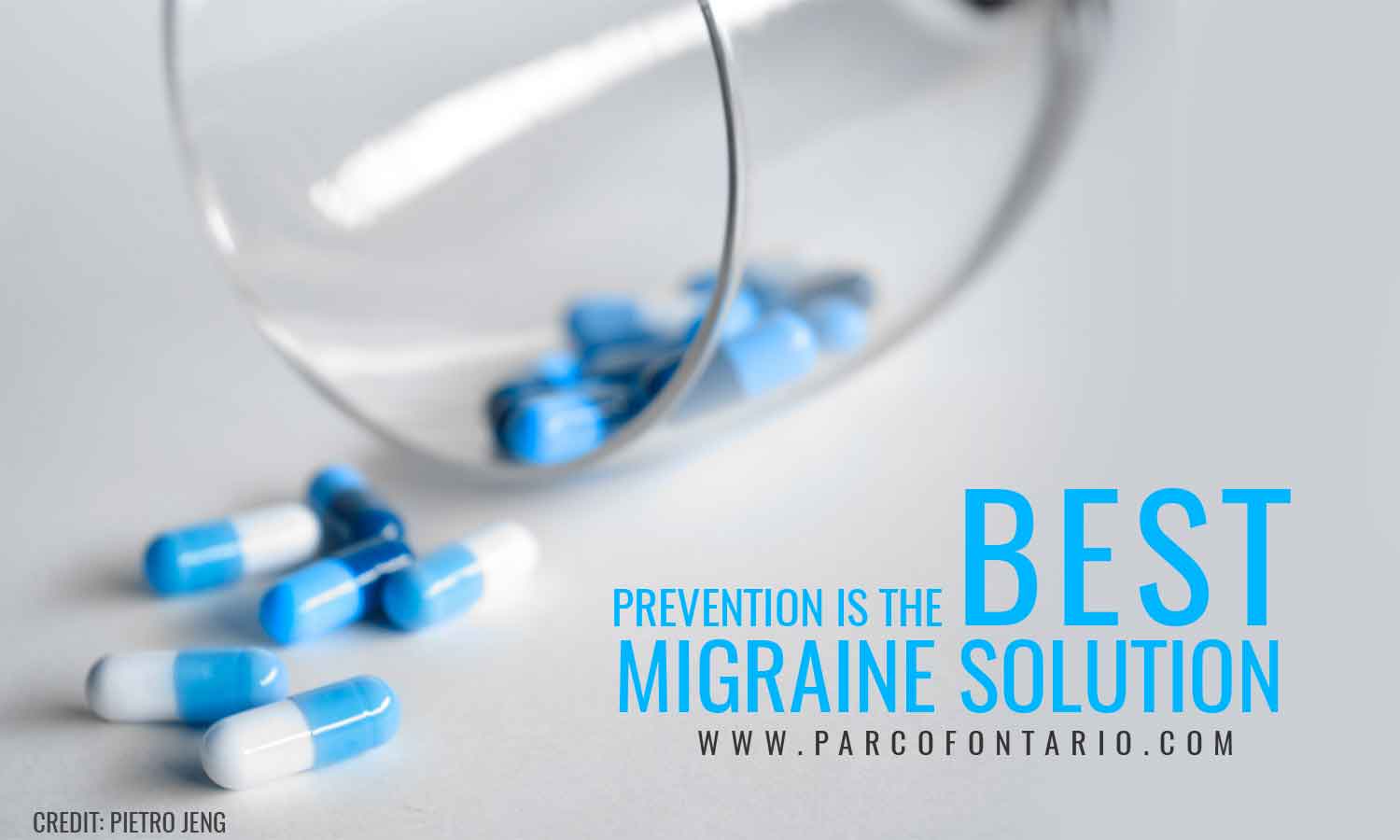
– Antidepressants: Serotonin levels decrease during a migraine. Taking antidepressants increases the production of serotonin and can therefore help prevent one. A word of caution: antidepressants have several side effects and do not treat chronic migraines. (Amitriptyline is proven to be the most effective but has the most side effects.)
– Blood Pressure Medicine: Researchers have found that blood pressure medicine, specifically lisinopril, can prevent migraines with fewer side effects than other treatments. Beta-blockers also have positive results, but their side effects (e.g. fatigue and weight gain) may render them a less feasible long-term option.
– Botox: In 2011, Health Canada gave the green light to use Botox as a treatment for chronic migraines. The first FDA-approved treatment of its kind, Botox involves 31 injections in various areas on the face, head, neck, and upper back, and must be re-administered every 12 weeks. Studies on its efficacy are mixed, but many patients have reported that their migraine frequency decreased by half.
– Triptans: Triptans trigger serotonin production, which reduces inflammation, constricts blood vessels, and blocks pain transmission. These drugs are often used as pain relievers to be taken when a migraine starts. However, for those with chronic migraines, triptans can be used as a preventive measure.
- Over-the-Counter Pain Relievers
Depending on the intensity of the pain, symptoms can be alleviated by the following over-the-counter drugs:
– acetaminophen
– aspirin
– ibuprofen
– nonsteroidal anti-inflammatory drugs (NSAIDs), specifically naproxen
– Acupressure: Acupressure treatments (such as Shiatsu massage) involve applying manual pressure to specific areas on the body. You can approach a professional for this therapy or try it at home.
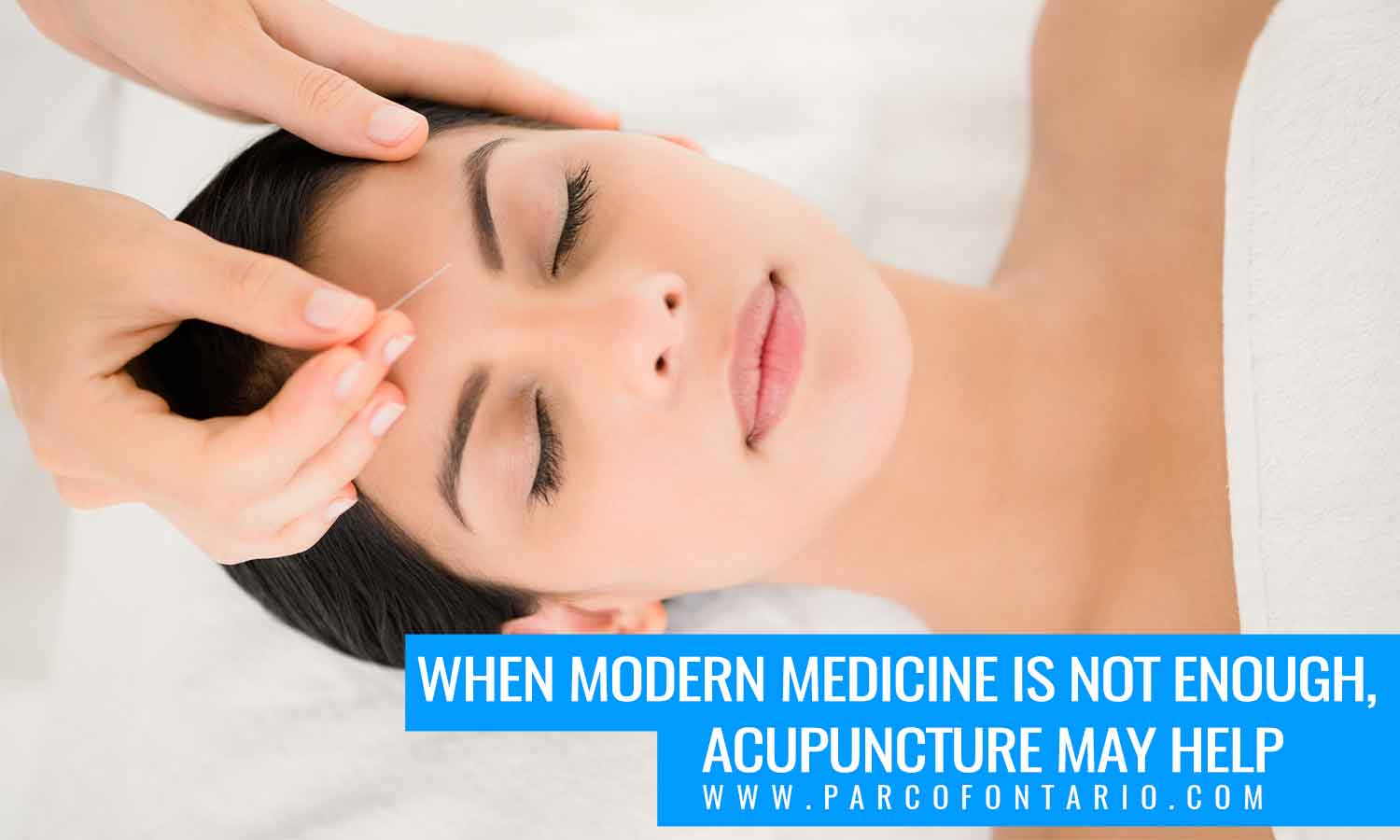
– Acupuncture: Traditional Chinese acupuncture can be used effectively to treat migraines. A study published in the Canadian Medical Association Journal reported that patients who had acupuncture experienced a 50% reduction in migraines with effects lasting three months after treatment. For safe and effective acupuncture, find a licensed practitioner.
– Biofeedback: To promote relaxation, you can turn to biofeedback. This therapy incorporates various relaxation exercises including deep breathing, mindfulness meditation, and progressive muscle relaxation. It is designed to help you gain control of bodily functions and manage stress responses to reduce pain.
– Cannabis: Cannabis, specifically cannabidiol (CBD), can be used to alleviate pain and nausea without the high. The brain has a natural network of cannabinoid receptors. When the cannabinoids in marijuana reach these receptors, they can arrest pain signals.
– Herbal Supplements, Vitamins, and Minerals: Migraines are sometimes caused by a mineral deficiency. Taking supplements (depending on which ones you lack) can help alleviate symptoms and lessen frequency. These include:
– coenzyme Q10
– herbal extracts (e.g. feverfew)
– magnesium
– riboflavin
– vitamin B12
Managing Migraine Attacks
Since medication can have various side effects, many migraine sufferers prefer to find alternative ways to manage their pain. Thankfully, there is much you can do to relieve symptoms or prevent an attack.
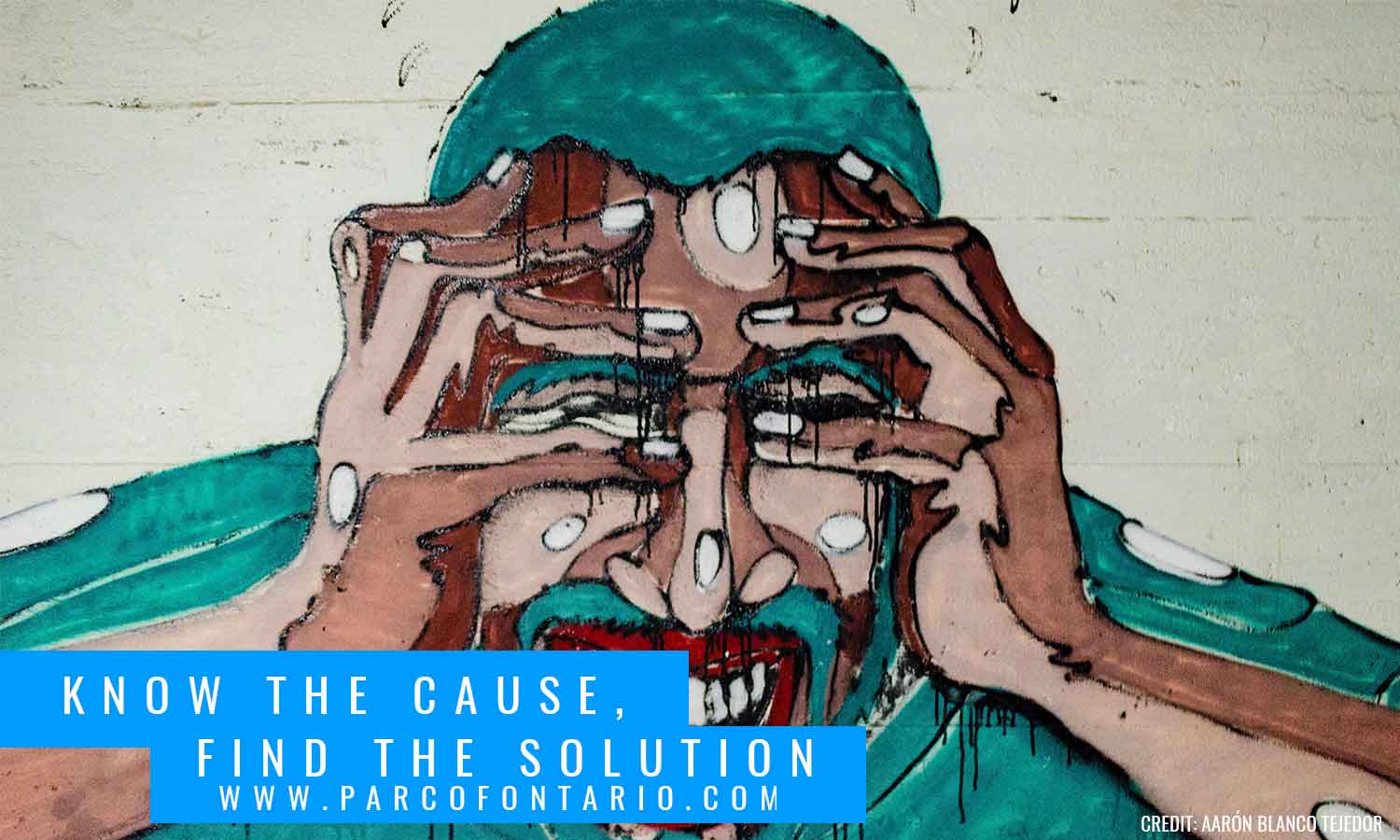
While the definitive cause of migraines remains elusive, they are believed to result from abnormal activity in the brain. The brain misinterprets various stimuli to spontaneously generate pain and cause migraines. The most common are:
– Dietary – Bad dietary habits like skipping meals or not drinking enough water are common migraine triggers. Other dietary factors include mineral deficiency and eating certain foods and beverages containing caffeine (e.g. tea and coffee), alcohol, and tyramine (e.g. aged cheese).
– Environmental – Migraines can be triggered by external stimuli like loud noises, bright lights, flickering screens, pungent smells, and changes in temperature and air pressure.
– Hormonal Imbalance – This trigger can affect women during menstruation, during or after a pregnancy, or as a result of menopause.
– Medications – Birth control pills, sleeping pills, nitrates, and hormonal replacement therapy (HRT) are linked to migraines. Certain drugs used to treat migraines (e.g. triptans, acetaminophen, and aspirin) are also known to cause rebound headaches, so take them only with the advice of a medical professional.
– Emotional – This is not only limited to stress, depression, or anxiety. Other emotions like excitement or shock can also result in a migraine attack.
– Others – Various triggers include: lack of or excessive sleep, irregular sleep patterns, shoulder or neck tension, exhaustion, and physical overexertion.
Triggers vary from one individual to another. Find out what yours are so you can avoid attacks.

Keeping a record of your migraines can help determine your triggers, their frequency and severity, and which treatments work. Provide this journal to your doctor for a more detailed assessment of your condition.
Additionally, track how many days you’ve gone without a migraine. Little successes are important to your well-being; celebrate those extended off-days and know your efforts are worth it.
Keep medicine with you at all times. Have it on hand at home, in a desk drawer at work, and in your bag so you will be prepared if a migraine hits while on the go. When you feel the onset of a migraine, take your medication immediately. Don’t wait to see if symptoms become worse.
If it’s not one of your triggers, drink coffee or caffeinated beverages. Even small amounts of caffeine can relieve symptoms if taken early; the efficacy of painkillers and caffeine decreases the longer you wait. It’s also a good idea to keep a hot or cold compress available. Place it on your head, neck, or any other area to help relieve pain. If your migraines are triggered by bright lights, carry sunglasses.
At work, find a dark room where you can wait for symptoms to subside. A sleep mask is also helpful in a pinch. Alternatively, talk to your human resources department and inform them of your condition. They may be able to help accommodate you when a migraine hits. (For example, if you’re late or need to leave early because of an attack, you can prearrange to make up hours on another day.)
Use acupressure on yourself. Learn where the pressure points are on your face, head, neck, shoulders, and other areas of the body. Massage them gently. (This should not be painful; if it is, stop.)
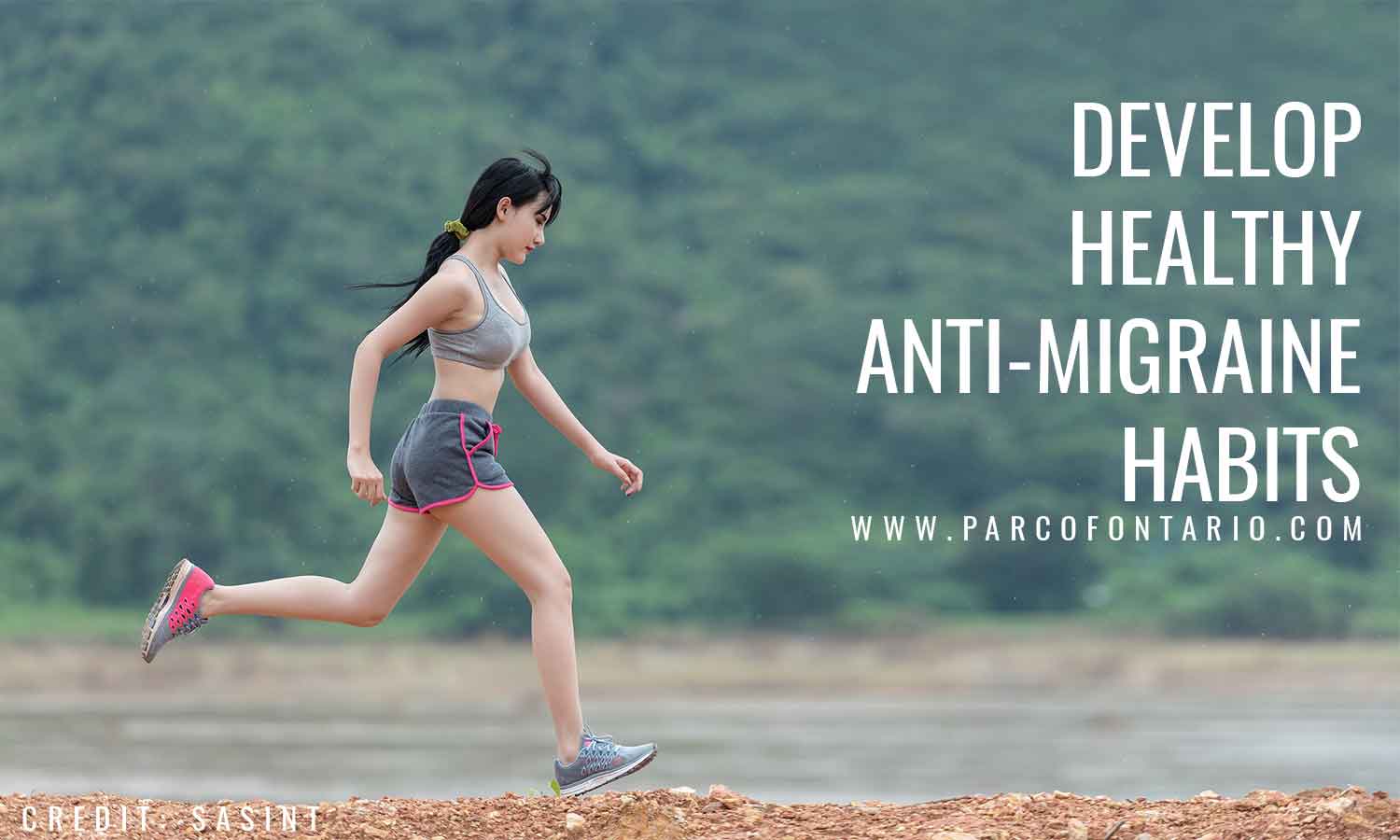
- Make changes to your lifestyle
– Consider how many hours of sleep you need and try to stick to a regular sleeping schedule.
– Eat healthfully and avoid food triggers. As much as possible, eat regularly and don’t skip meals.
– Regular exercise has been known to decrease the frequency and intensity of migraines. It can also reduce stress, help regulate sleep, and stimulate the production of “happy hormones” (e.g. oxytocin and endorphins) which are considered natural pain relievers. Studies have found that treatment with oxytocin can be effective against migraines. However, do not overexert yourself. Too much exercise can also trigger migraines.
One way to get rid of stress is to eliminate its root causes. Cut your working hours if you’re overtaxed, rest during your free time, get a massage, or try relaxation techniques. If you’re having trouble relaxing by yourself or need a professional massage, a physical therapist can help you manage stress.
Dealing with migraines is no easy task, but it is not impossible. You can take back your life with a few proactive measures. If you are considering physical therapy, acupuncture, or other treatments for pain relief, contact PARC of Ontario. Book an appointment at a centre near you.
